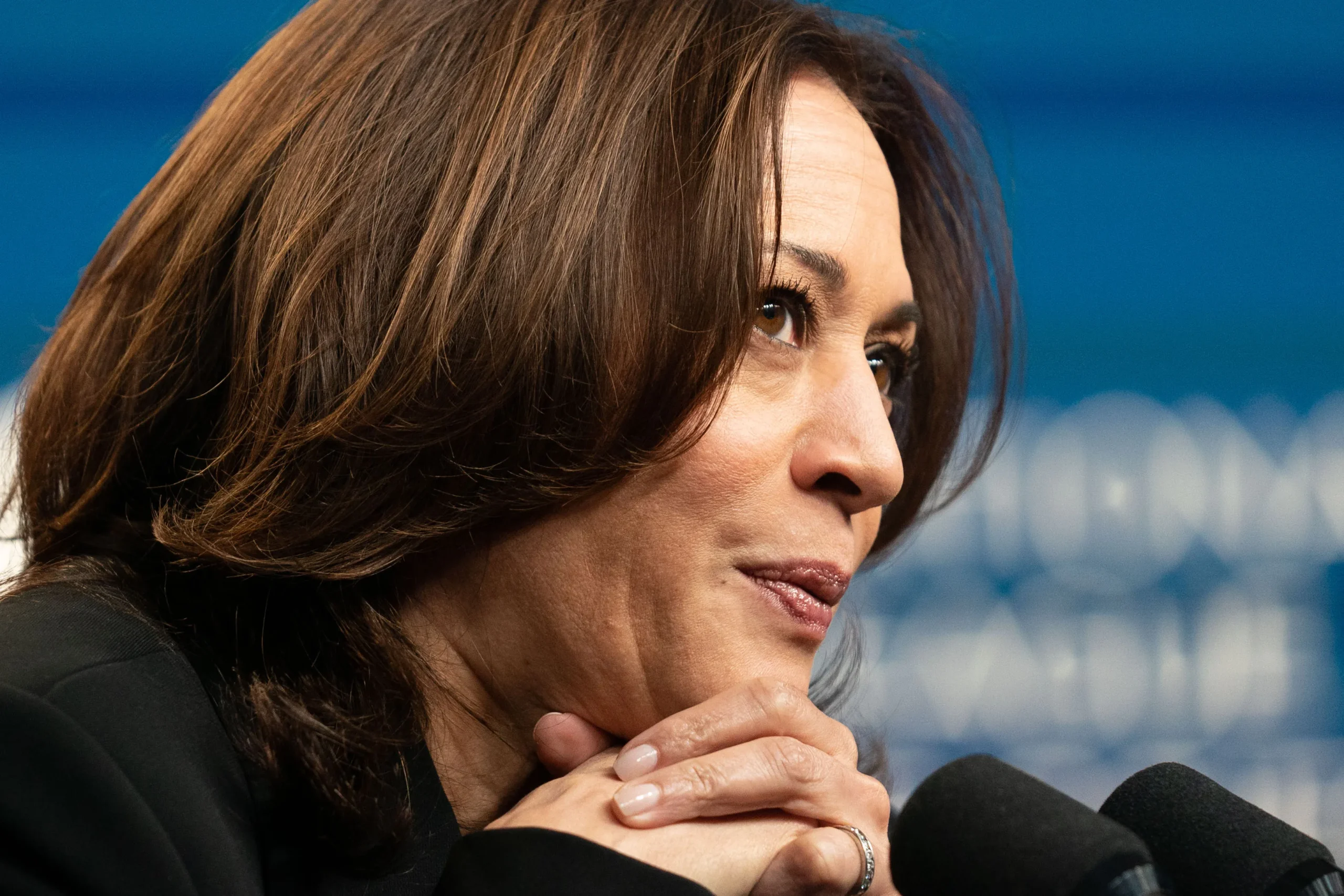The Unanswered Questions Surrounding Each Candidate’s Policies
Each candidate brings policy uncertainties that could impact the market. For Harris, the emphasis is on tax increases targeting specific sectors and high-net-worth groups. Notable among her proposals is raising the stock buyback tax from 1% to 4%, increasing capital gains taxes from 20% to 28%, and lifting the corporate tax rate from 21% to 28%. While these tax changes aim to reduce the national debt, they could affect major companies’ ability to reward investors and could decrease earnings-per-share (EPS), especially for companies relying on buybacks, like Apple, which has reduced outstanding shares by over 42% since 2013.
In contrast, Trump’s approach includes tariffs on imports to incentivize domestic production. This policy would see up to a 60% tariff on Chinese goods and a 20% tariff on other imports. Tariffs, however, bring risks, as they can initiate trade wars, raise consumer prices, and disrupt supply chains, which would likely lead to mixed outcomes for corporate profitability.
Post-Election Market Focus: Wall Street’s Most Pressing Concern
Even with Election Day uncertainty looming, America will soon know its next president, bringing market focus back to what may be Wall Street’s greatest problem: historically high valuations. As of October 30, the S&P 500’s Shiller price-to-earnings (P/E) ratio, which averages inflation-adjusted EPS over the past decade, stood at 37.05—more than twice its historical average of 17.17. This is only the third time in 150 years that the Shiller P/E has climbed this high, with past instances leading to significant corrections.
The Shiller P/E is not a timing tool but a warning sign; elevated valuations are not sustainable in the long run. Wall Street’s history of market corrections following excessive valuations points to a period of adjustment ahead.
The Patience Factor: How Time Rewards Wall Street Investors
Despite predictions that suggest a downturn, long-term data offers investors a silver lining. Analysts at Crestmont Research tracked 105 different 20-year periods for the S&P 500 (inclusive of dividends), and every single period delivered positive returns. Over half of these periods achieved annualized returns of at least 9%, meaning investors who held an S&P 500 index fund for 20 years since 1900 have never lost money.
Further research from Bespoke Investment Group analyzed 27 bull and bear markets since the Great Depression, finding that while bear markets average 286 days, bull markets have an average lifespan of 1,011 days. Importantly, 14 of these bull markets outlasted the longest bear market, underscoring that bullish runs are more enduring.
In a market filled with potential volatility and record valuations, patience has historically proven rewarding for those invested with a long-term perspective. The past shows that with patience, Wall Street investors have not only withstood challenging times but thrived beyond them.


